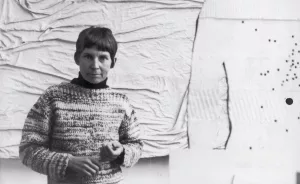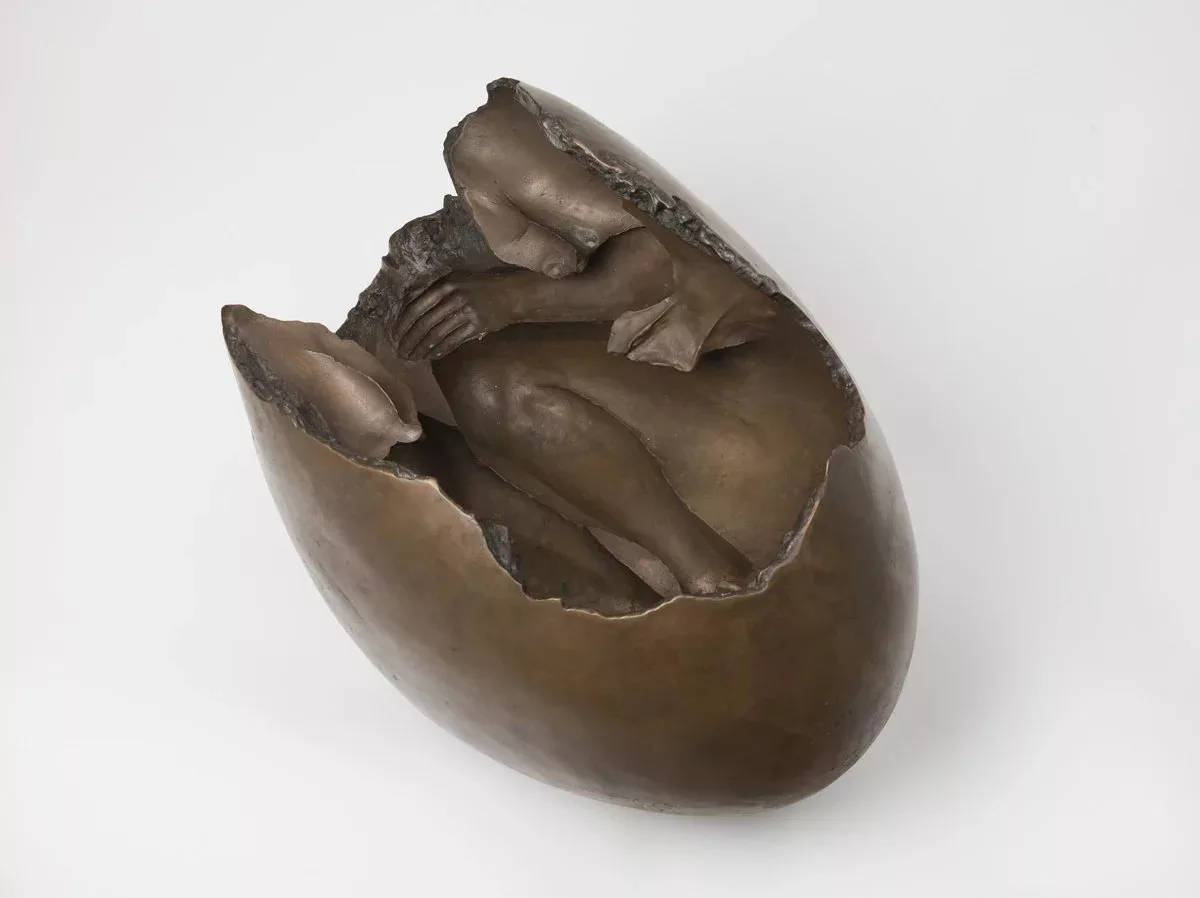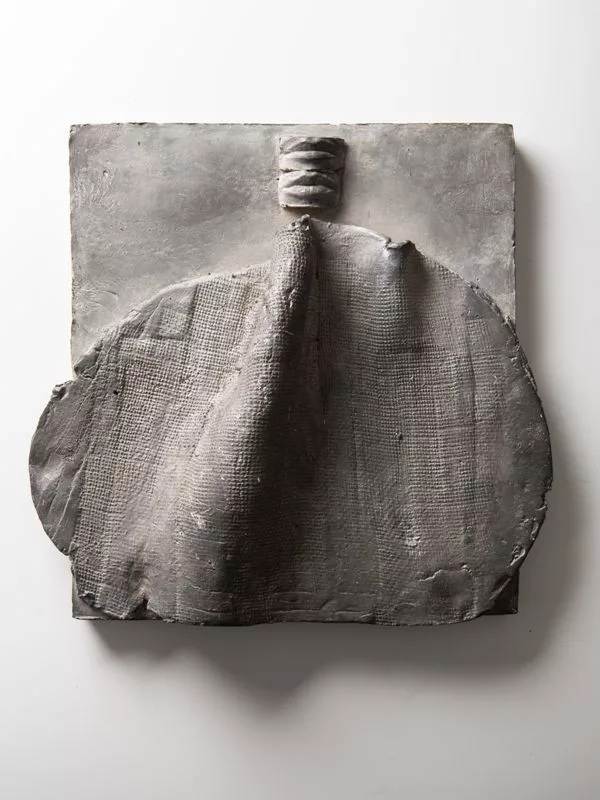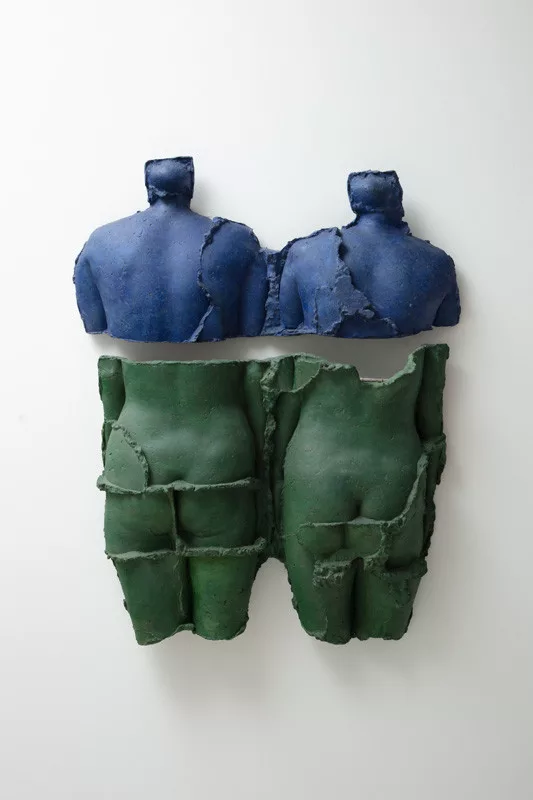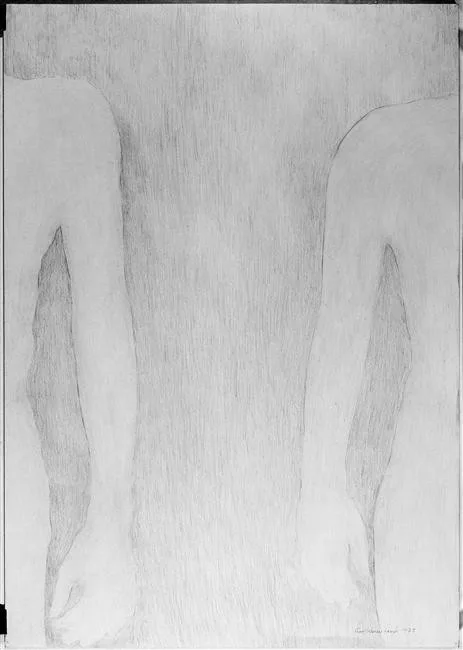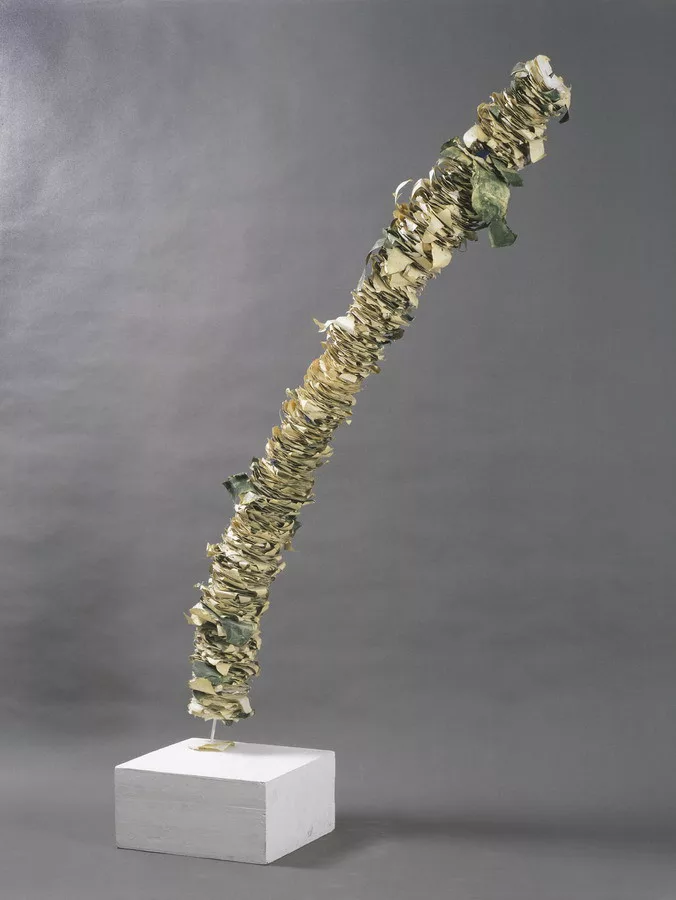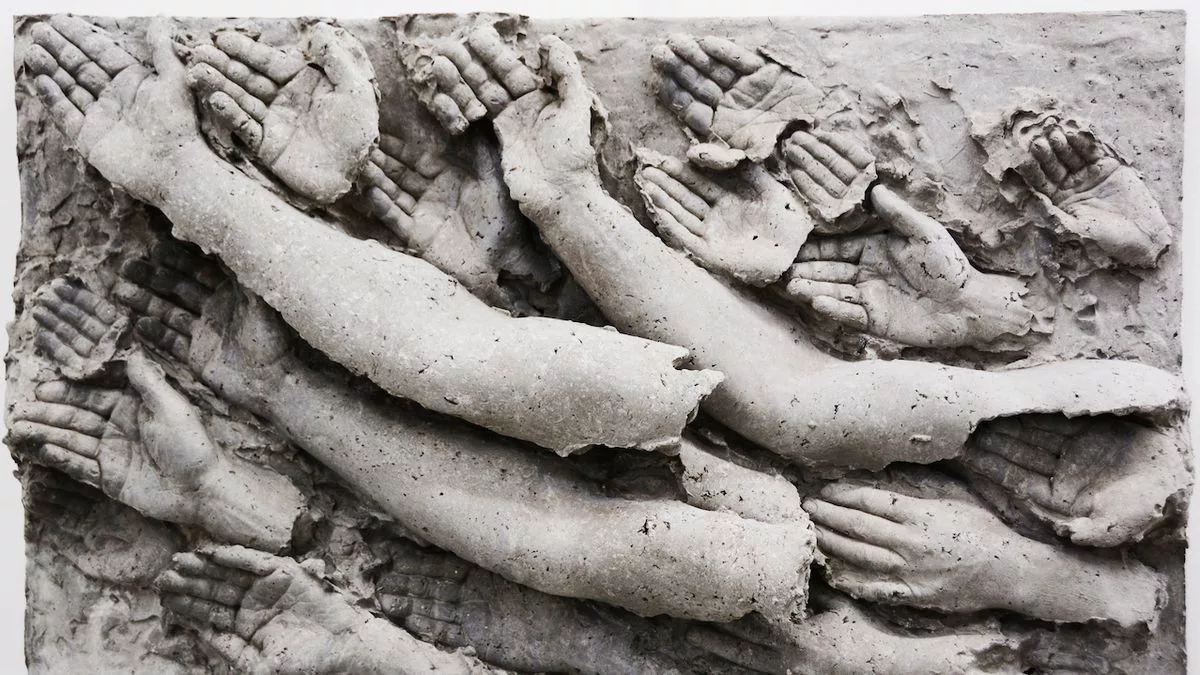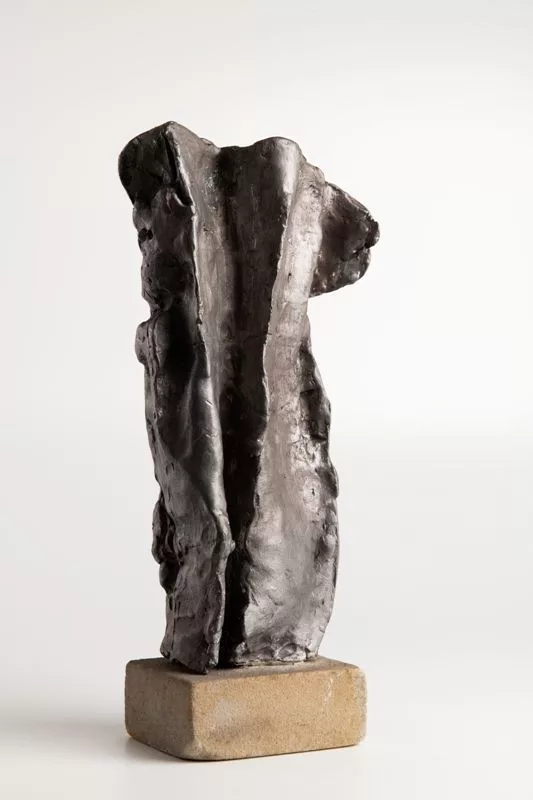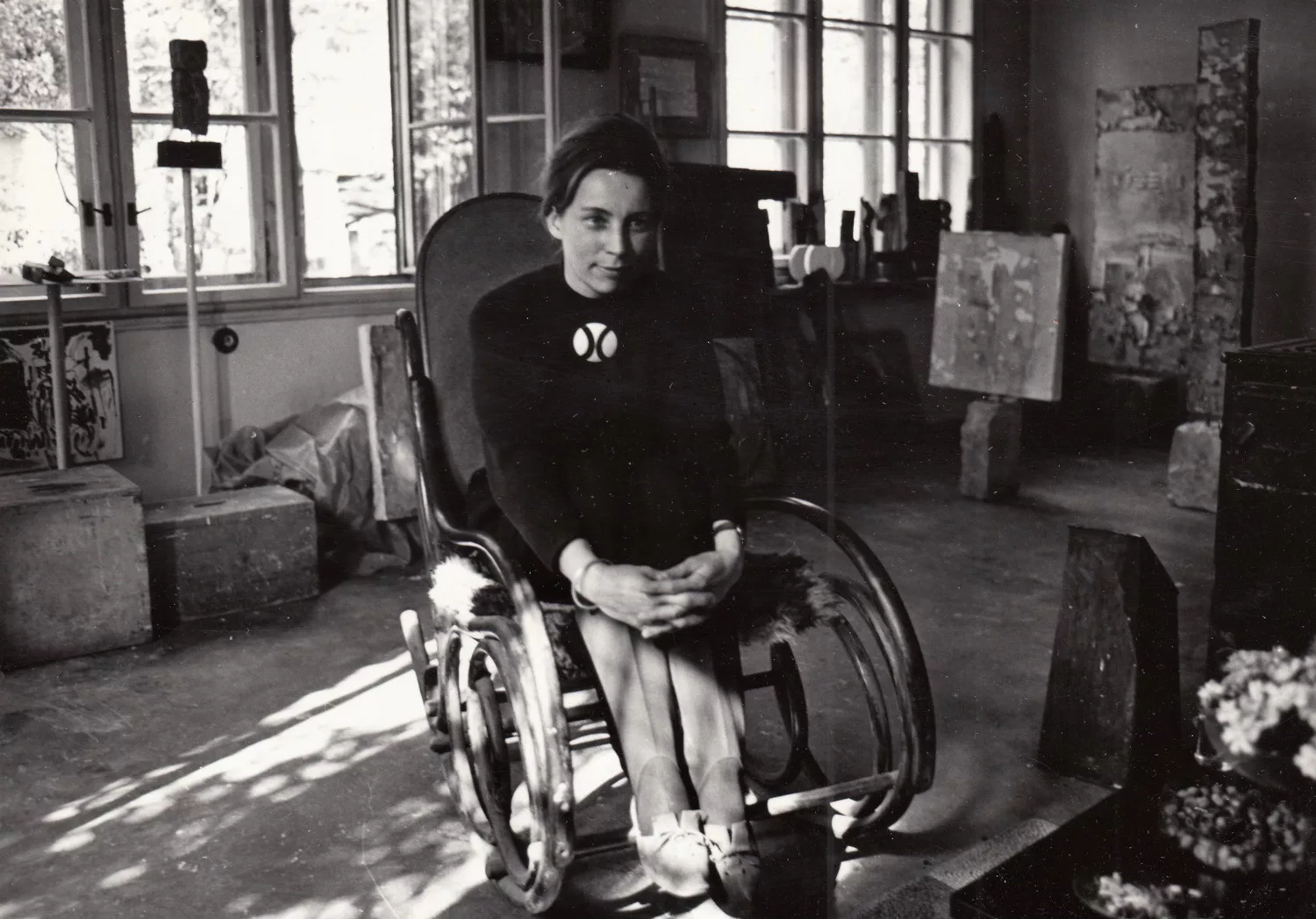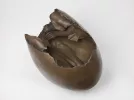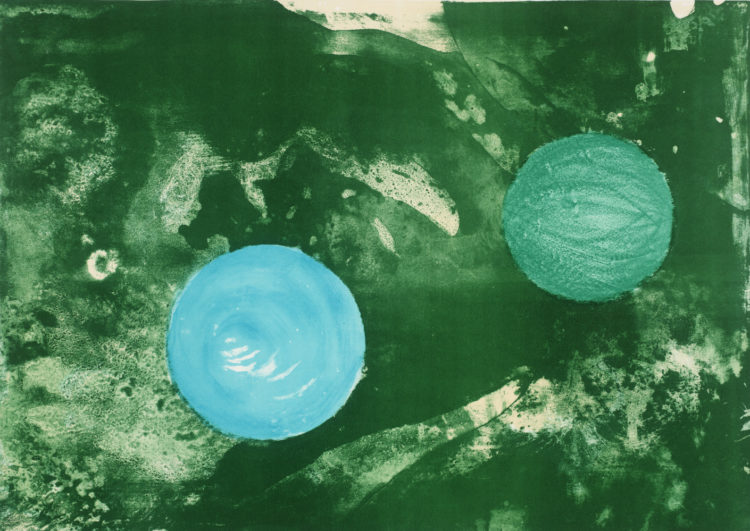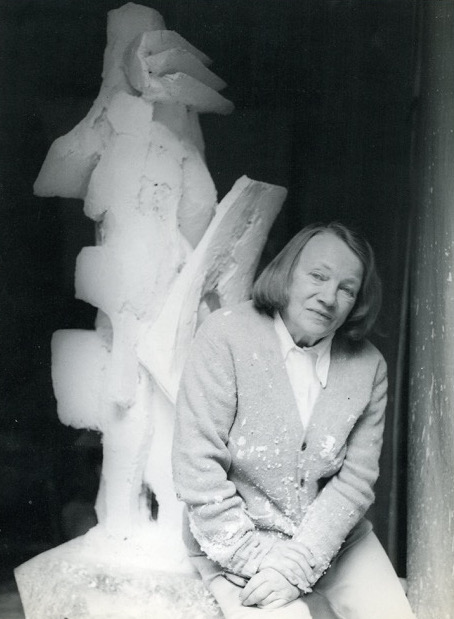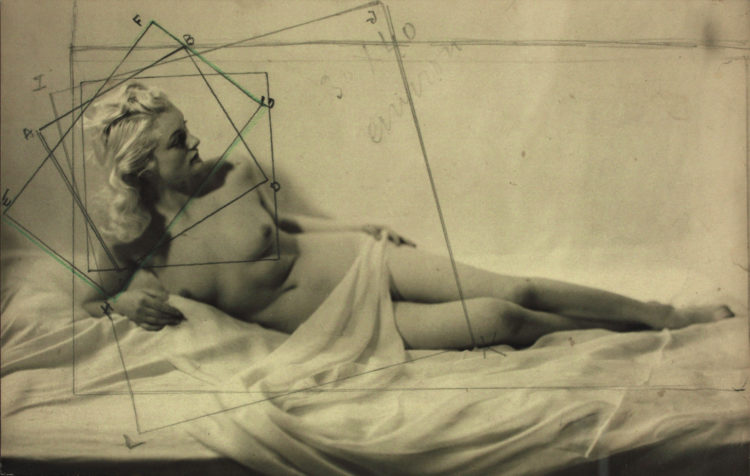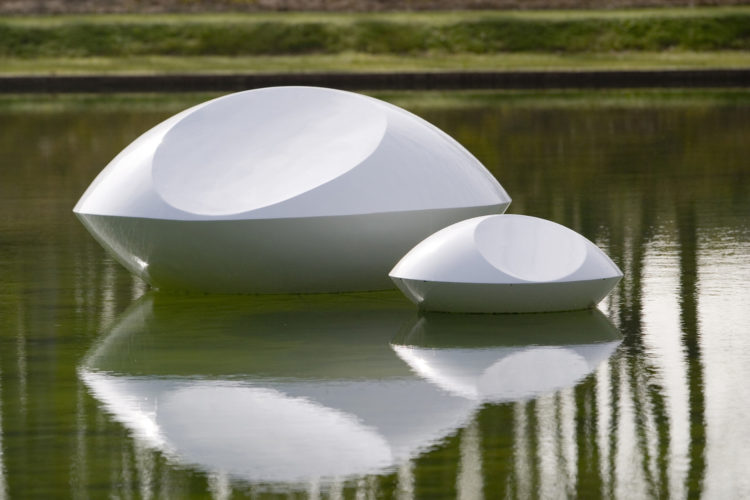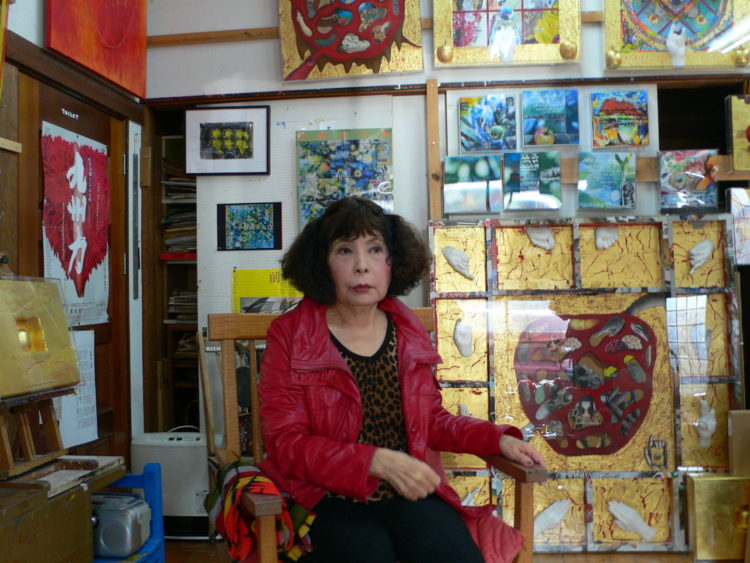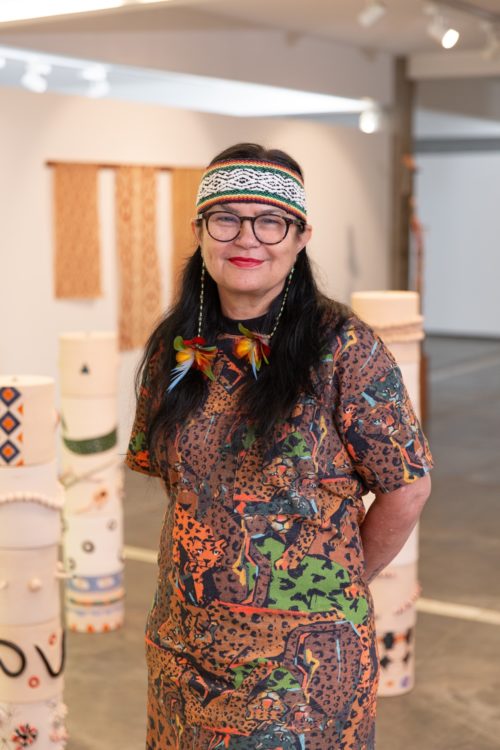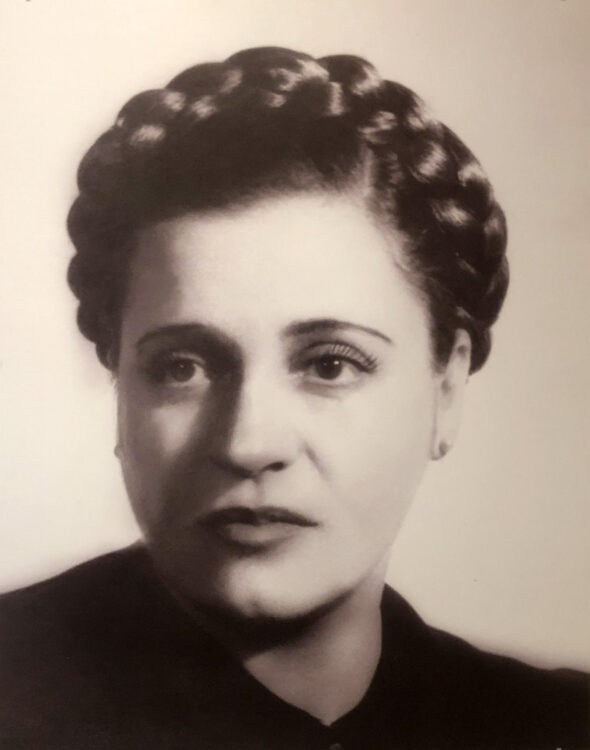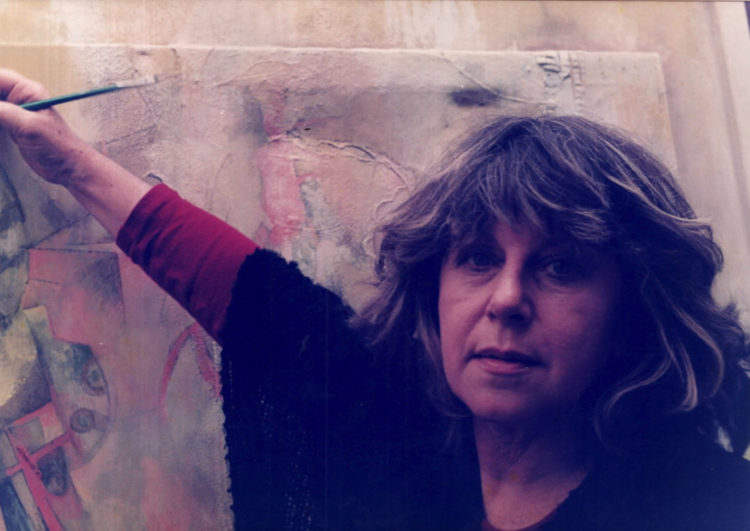Eva Kmentová
Pospiszyl, Tomáš, Jakalová, Zuzana, Eva Kmentová, exh. cat., House of the Arts, Brno, (23 August–19 November, 2023), Brno, Host, 2023
→Vachtová, Ludmila (ed.), Teď. Práce Evy Kmentové, Prague, Arbor Vitae, 2006
→Klimešová, Marie, Eva Kmentová, exh. cat., Severočeská galerie výtvarného umění, Litoměřice (July–September, 2003), Západočeská galerie, Pilsen (October–November, 2003), Muzeum Kamp, Prague (January–February, 2004), Litoměřice, Severočeská galerie výtvarného umění, 2003
Eva Kmentová, House of the Arts, Brno, 23 August–19 November, 2023
→Eva Kmentová. Deník díla, Mánes, Prague, 5 December, 2006–27 January, 2007
→Eva Kmentová. Výběr z životního díla, Prague City Gallery, Prague, 28 November, 1989–14 January, 1990
Czech sculptress.
Raised in the family of the artist František Kment (1895–1977), Eva Kmentová studied sculpture under Josef Wagner (1901–1957) at the Academy of Arts, Architecture and Design in Prague, where she met her husband Olbram Zoubek (1926–2017) and other well-known sculptors such as Věra Janoušková (1922–2010) and Zdena Fibichová (1933–1991). She graduated in 1951.
Her sculptural work was initially intertwined with that of O. Zoubek, with whom she collaborated on many public architectural commissions in the 1950s and 1960s. These included mosaics, reliefs, decorative walls for public buildings and playgrounds and prestigious commissions for the offices of Czechoslovak Airlines (in Berlin, Belgrade, Dakar and Singapore) and embassies abroad (Sofia, Stockholm, London and Washington). From the mid-1960s onwards she became more independent in her work, gradually moving from realism through organic abstraction to her own expression, characterised primarily by the imprints of her own body and those of her family and close friends. She also spent more time drawing and working with paper, which she used to create three-dimensional objects with vaginal motifs (Velká štěrbina [Large Slit], 1975), few of which have survived.
Intimacy, vulnerability, fragility and ephemerality are the terms most often used to describe E. Kmentová’s work. She worked with concrete, cement mixes and various types of metals, but in the 1960s her favourite material became plaster, into which she moulded fragments of the human body – fingers, lips, feet and hands. The colours of her objects are often shades of white and grey, although in the 1960s, under the influence of New Realism, she experimented with blue and gold. As casts of human bodies, her objects often carry both feelings and testimonies of human presence/absence, which can also be found in her work with everyday objects (Prostěradlo [Sheet], 1969). During a one-day exhibition at the Václav Špála Gallery, which represented the swan song of the political liberalisation of the Czechoslovak art scene, E. Kmentová exhibited casts of her own footprints (Stopy [Traces, 1970]), which were installed on the floor and led visitors – who took them apart after the event – around the gallery space. The footprints, which came to a sudden end in the glass window facing the street on the first floor, were, like many of her other works, an expression of an existential feeling and situation. For E. Kmentová, however, her work was also a process of self-awareness and emancipation. This is how we can understand her work Lidské vejce (Human Egg, 1968), in which she had herself cast in a crouched position, hugging her legs, and placed the imprint in a large ovoid form, reminiscent of a new birth.
Her career was curtailed, first for political reasons after the Soviet occupation in 1968, which interrupted the 1960s era of greater exposure of Czechoslovak art abroad, and later because of a serious liver disease, of which she died at the age of 52. Despite the fact that her work was recognised in the Czech Republic after 1945, E. Kmentová’s oeuvre is not widely known abroad. Her drawings are represented in the Centre Pompidou art collection.
A notice produced as part of the TEAM international academic network: Teaching, E-learning, Agency and Mentoring
© Archives of Women Artists, Research and Exhibitions, 2025


